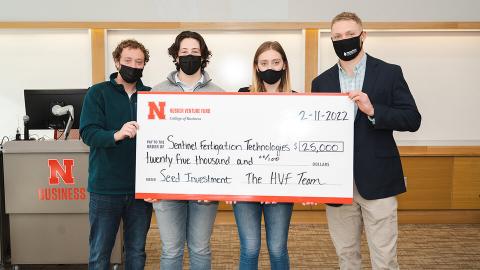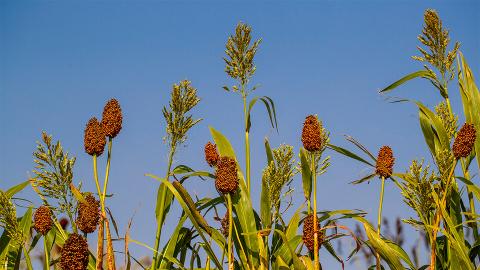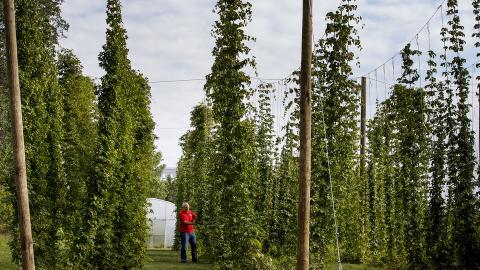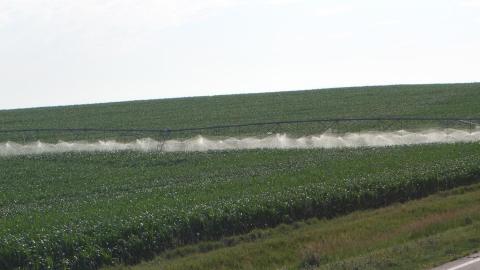Performance of Crop-boosting Bacteria May Depend on Delivery Method
July 29, 2022
A recent Nebraska study discovered that the most effective methods for promoting crop growth depends on the type of soil bacteria being introduced.
Study Shows Nebraska’s Ethanol Industry Continues to Expand
July 28, 2022
Producing over 2.25 billion gallons in 2019, Nebraska continues to rank as the second-largest ethanol-producing state in the nation.

UNL Doctoral Student Develops Software Platform to Improve Nitrogen Applications
March 10, 2022
Stansell's research utilized crop canopy image data to apply nitrogen fertilizer more efficiently, and resulted in a 25% boost in efficiency and a savings of 45 pounds of nitrogen per acre.
Nebraska Research Studying Benefits of Grass Restoration Amid Cropland
February 9, 2022
The project will focus how a targeted restoration of perennial grasses amid cropland could bring about a variety of benefits, ranging from reduction in water and fertilizer use to expansion of wildlife habitat to encouragement of new bioenergy industry.
Nebraska Research Assists State’s Craft Brewing Industry
January 19, 2018
From field and lab to brew kettle and marketplace, research from the University of Nebraska–Lincoln is helping further the Cornhusker State’s burgeoning craft brewing industry.
Spring Lecture Series to Focus on Advances in Irrigation
January 12, 2018
Advances in irrigation management will be the focus of a new lecture series being offered this spring at the University of Nebraska-Lincoln. Industry and university speakers will examine new technologies and options for improving irrigation application and management.
Study Unearths Benefits, Limits of Fertilizing Soybeans
September 29, 2017
Soybean crops in highly productive fields demand more nitrogen than natural sources alone can supply, says a new study from University of Nebraska-Lincoln and Argentine researchers. In fields with the potential to produce 80-90 bushels per acre, researchers found fertilizer increased yields by up to 10 bushels per acre.





